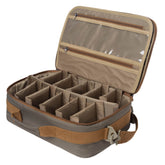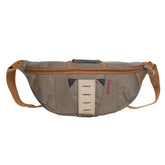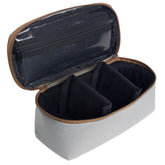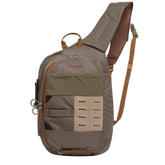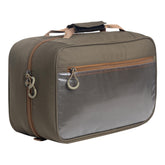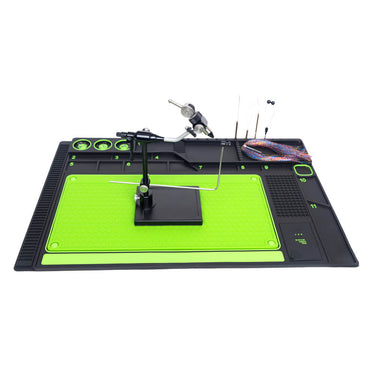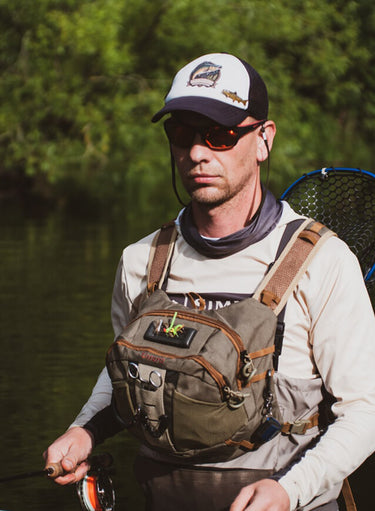Fly Line: Choosing the Best Options for Weight, Running, and Backing in Fly Fishing
When embarking on a fly fishing adventure, the type of line I choose plays a crucial role in my success. Selecting the right fly fishing line, including the appropriate line weight, can significantly enhance my casting distance and presentation. Understanding the nuances between running line and shooting line also allows me to tailor my approach based on the conditions I face on the water.

My experience has taught me that the best fly fishing backing line is essential for maintaining control and adding extra line capacity to my reel. With the right backing, I can confidently pursue larger fish without the fear of running out of line. I’ve found that each component—fly line, backing, and line weight—serves a specific purpose that impacts my overall fly fishing experience.
Whether I’m casting in a tranquil pond or a rushing river, every detail matters. The interplay between line weight and type can affect not only how far I can cast but also how effectively I can present my fly to the fish. Understanding these elements not only enhances my skill set but also elevates the enjoyment I find in this timeless sport.
Understanding Fly Line Types and Structures
Fly lines are essential to fly fishing success. Their design and materials impact casting performance and overall fishability. I will detail line profiles and the differences in materials and features that influence my fishing experience.
Line Profiles: Taper and Weight
Line profiles dictate how a fly line behaves in the water and during casting. Common profiles include:
- Weight Forward (WF): Most popular for ease of casting, this taper features a heavier front, allowing for better distance.
- Double Taper (DT): Offers a more delicate presentation and is great for short casts. It features a uniform diameter, tapering gently at both ends.
- Triangle Taper: Combines the benefits of both WT and DT, optimizing both distance and presentation.
Each line type comes in varying weights to match specific fishing conditions. The weight affects the line's ability to load the rod during casting, impacting accuracy and distance. For instance, Rio’s Outbound Short is ideal for short casts into windy conditions, while Scientific Anglers’ AST Plus enhances line slickness for improved distance.
Fly Line Materials and Features
The materials used in fly lines significantly influence their performance. Common materials include synthetic options like PVC and polyurethane, which offer durability and resistance to abrasion.
Some important features to consider include:
- Diameter: Affects buoyancy and casting. Thinner lines cut through the air better.
- Color: Bright colors help with visibility, while muted tones reduce spooking fish.
- Floating vs. Sinking Lines: Floating lines are standard for many applications, while sinking lines help reach fish at deeper levels.
Brands like Cortland, Airflo, and Royal Wulff offer various options tailored for specific scenarios. Choosing the right backing line also matters. It ensures I can manage longer runs and prevent line breakage.
Selecting the Ideal Fly Line Weight
Choosing the right fly line weight is crucial for successful fly fishing. This decision impacts casting efficiency, the presentation of flies, and overall fishing success. I consider the compatibility of the fly line with my rod and the specific conditions I’ll encounter.
Matching Line Weight to Fly Rod and Fly Size
The line weight should match your fly rod to facilitate effective casting. Each rod is designed to handle specific line weights, which are often indicated on the rod itself. For instance, a 5-weight rod works best with a 5-weight line.
Additionally, the size of the fly plays a significant role. Larger flies necessitate heavier lines for proper casting. Conversely, using a lighter line with small flies can ensure delicate presentations, especially during critical times like a mayfly hatch.
Targeting Specific Species and Water Types
When targeting species such as trout or bass, the line weight becomes even more important. Trout fishing typically requires finesse, so I choose a lighter line to provide subtle presentations.
In contrast, bass fishing often involves heavier flies and more aggressive casts, so a weight-forward line is preferred. The type of water also influences my line choice. Fast-moving streams may benefit from a faster sink rate, while still waters allow for a range of line weights, depending on the depth and type of fish I aim to catch.
Technical Aspects of Running Lines and Shooting Heads

In fly fishing, understanding the technical differences between running lines and shooting heads is essential for optimizing casting distance and presentation. Each type serves a distinct purpose, contributing to overall performance during the fishing experience.
Running Line Variants and Usage
Running lines come in various materials, including monofilament and braided options. Popular choices like Airflo Ridge Running Line and Rio Powerflex provide excellent durability and low memory.
- Monofilament lines are softer and often easier to handle.
- Braided lines offer lower stretch and increased sensitivity.
When I choose a running line, I consider factors such as weight and taper. A tapered running line can enhance casting efficiency, while weight forward lines improve loading for longer casts. A well-chosen running line is crucial for effective double haul techniques and managing line control during retrieves.
Shooting Lines and Shooting Heads
Shooting lines are specialized lines that allow for longer casts. They work in conjunction with shooting heads, which are heavier and designed for distance.
- Rio Slickshooter is an excellent choice for those who require a slick, low-drag performance.
- I find that using shooting heads improves my ability to make precise presentations in windy conditions.
The importance of taper in shooting heads cannot be overstated. The right taper can significantly affect how line energy transfers during the cast. This adjustment can influence the accuracy and distance of my casts, making it essential for targeting specific zones effectively.



